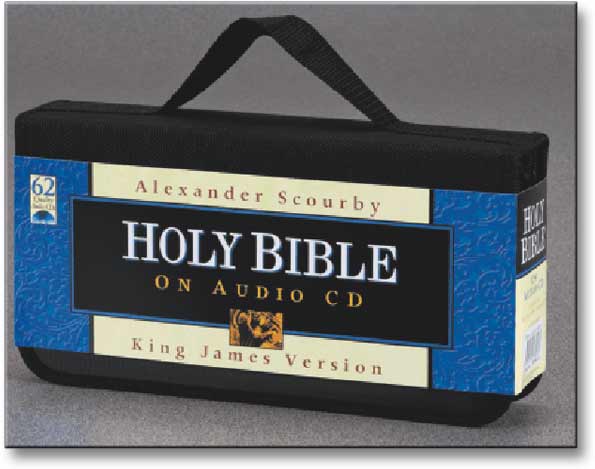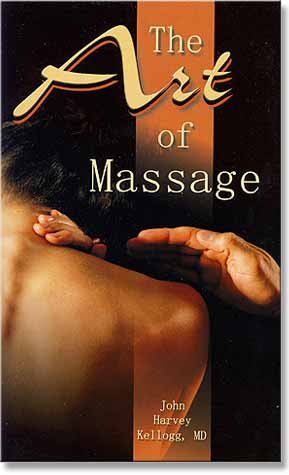John Harvey Kellogg, M.D.
This classic manual will be invaluable for massage practitioners and students alike. It contains comprehensive coverage of the physiological effects of massage, from the metabolic effects, to sedative effects, to effects upon the bones, skeleton, and ligaments, to effects upon circulation, how massage promotes the absorption of inflammatory exudates, increases the number of blood corpuscles, increases cellular exchanges, increases liver and renal activity, and dozens more. Contains thoroughly illustrated techniques and well defined procedures. Dr. Kellogg also discusses reasons for certain movements and numerous disease conditions for which massage is useful.
This is a facsimile reprint of the book originally published in 1895.
Paper, 294 p.
Contents:
Preface by Dr. J. H. Kellogg
The History of Massage
Structures Especially Concerned in Massage
Parts to Be Especially Studied by the Masseur
The Physiological Effects of Massage
The Therapeutic Applications of Massage
The Procedures of Massage
Joint Movements
Massage of Special Regions
Special Methods of Zablodowski and Metzher
The “Rest-Cure”
Rules Relating to Massage
Correct Use of Terms
The Genera Physiology of the Muscles, Their Names, Nerve Supply, and Actions
X-ray and Massage
Massage in the Treatment of Fractures
Mobilization of Joints
Special Movements and Breathing Exercises
The Schott Method
Recent Progress in Massage




